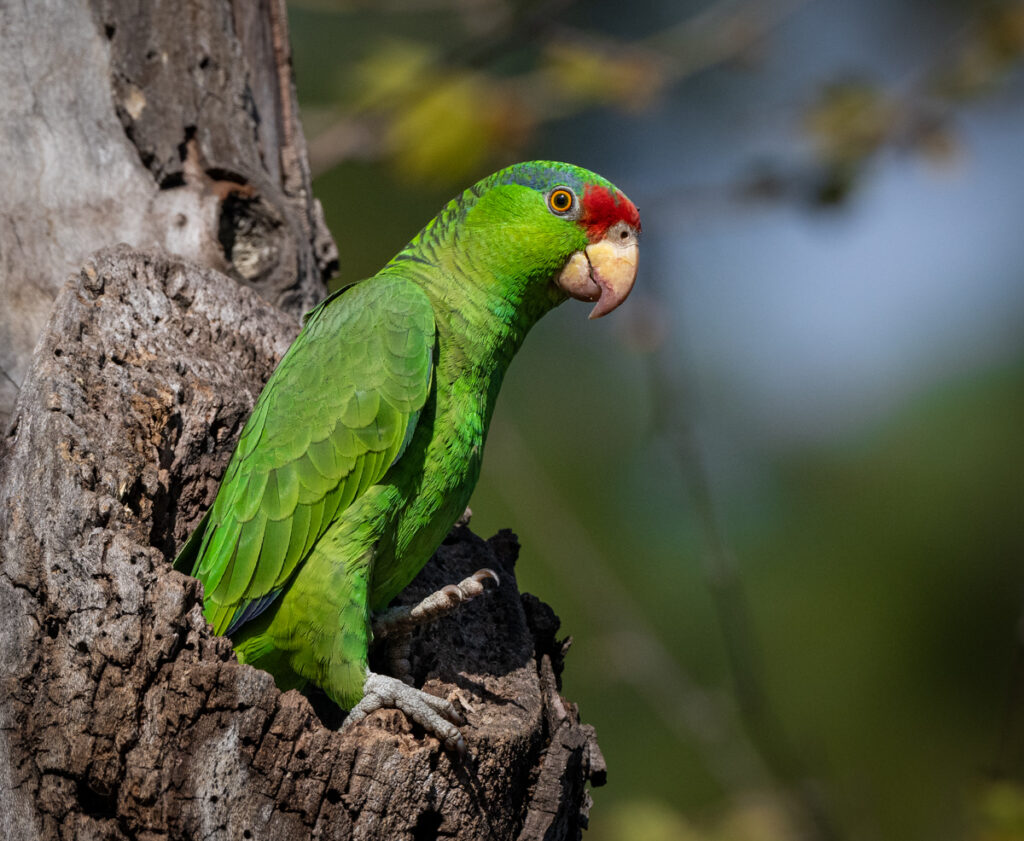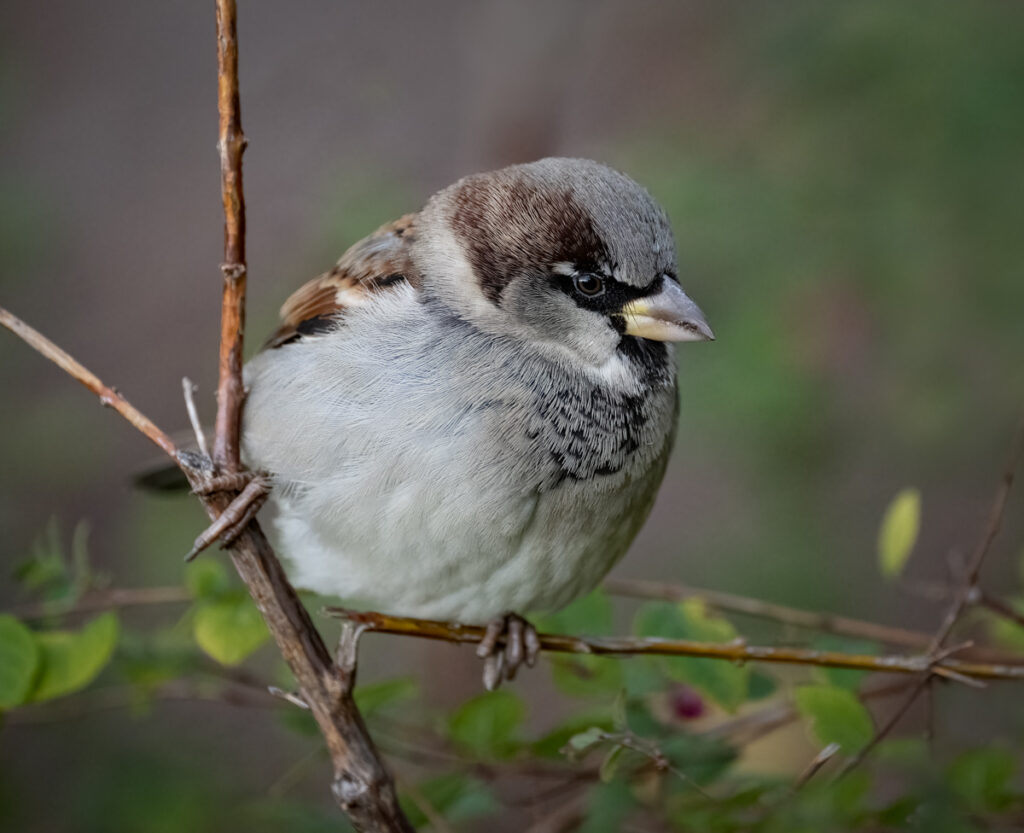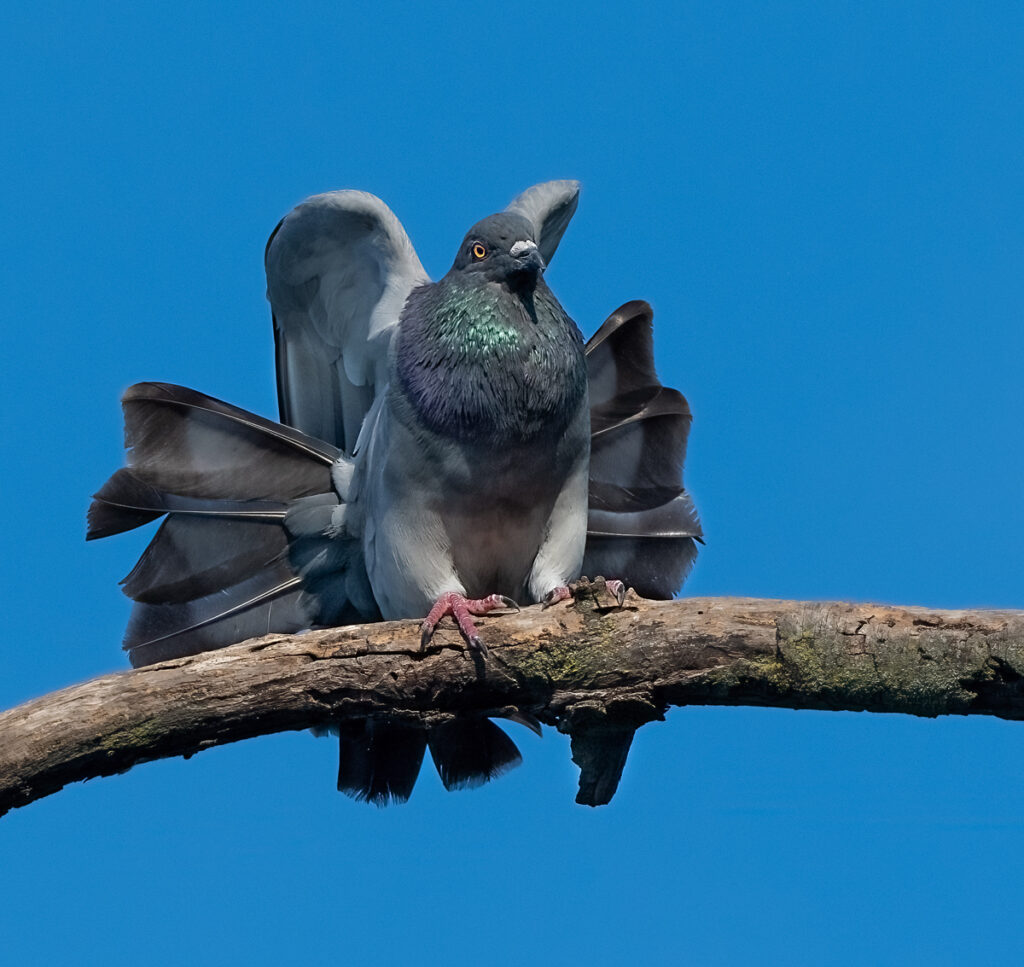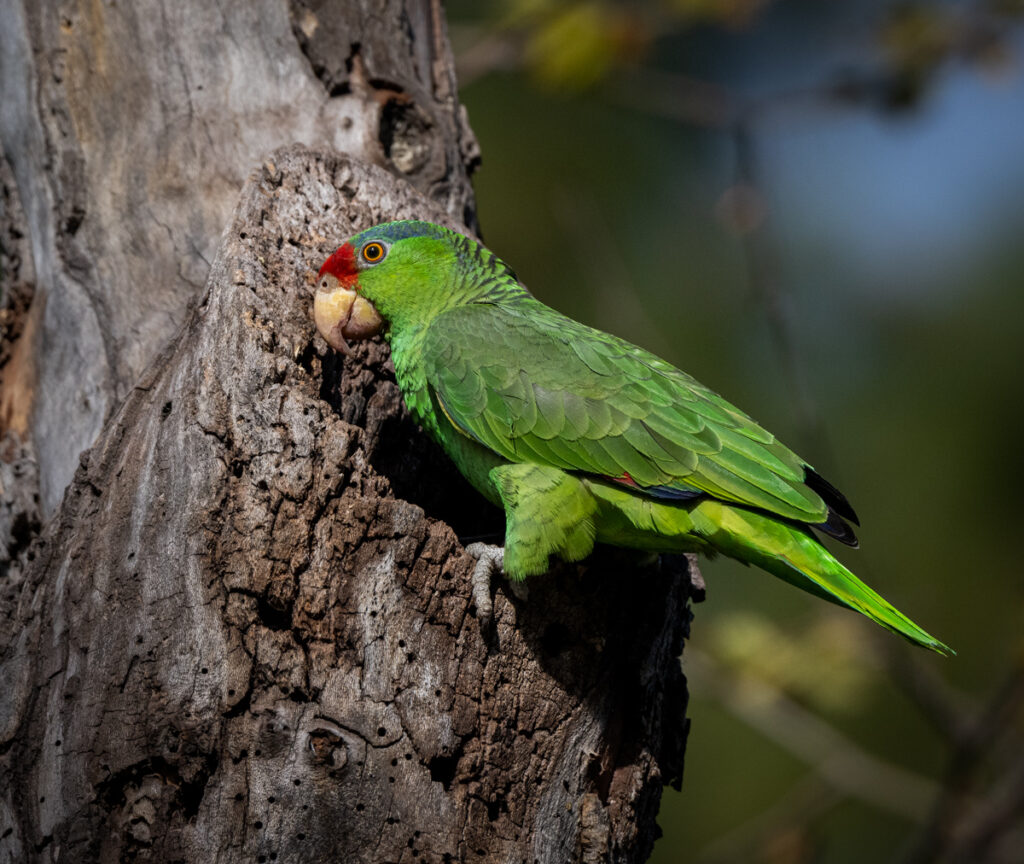
Habitat destruction and poaching for the illegal pet trade have drastically reduced the number of parrot species across the world. The red-crowned parrot achieved the ignoble status of Endangered in 1994, but a recent study has shown that their numbers are improving faster than expected: not as a result of tighter policing, bespoke nature reserves or targeted recovery programs, but due to their adaptability to the unlikeliest of places – the urban sprawl.

Red-crowned parrots are so-named due to the bright red crown that runs from just above the top of their bills and over their foreheads. At the back of the head, this scarlet cap then meets a sheen of vibrant violet-blue covering the nape, which then merges into the beautiful rich green that covers the rest of the parrot’s back, front, wings and tail, save for the occasional red patch on their secondary wing feathers, known as a speculum, and some dusting of blue in their primaries. Native to northeastern Mexico, their distinctive crown has also given them the fondly used alternate name of Mexican Redhead. This name is falling out of use, however, as the bird establishes territory farther and farther away from its native lands. In fact, in certain circles, red-crowned parrots are now being referred to by another name – synanthropes; ‘syn’ meaning together, and ‘Anthropos,’ meaning humanity.

Historically, non-native species have been viewed through a tarnished lens, despite their establishment having nothing literally directly to do with them: starlings were introduced to America as part of a goal to have all birds mentioned in Shakespeare plays in the country; house sparrows were introduced in the hope they would control the legions of caterpillars consuming crops; rock doves, better known to many as pigeons, were introduced as pets and wealth status symbols. What we didn’t know at the time and now often hold against them is their ability to live alongside us. Urbanization is usually regarded as the downfall of many species, but in the case of the red-crowned parrot and other synanthropes, it seems we can offer them salvation through our own style of environment. Originally acquired through illegal trade, escaped or released red-crowned parrots have, over the past five decades, led an increasingly successful existence within parts of the states that border their Mexican range. There are now established colonies in their thousands living in Texas, southern California, and Florida, as well as Puerto Rico and Hawaii. The population in southern Texas was eventually classed as native in 2019, owing to both their proximity to their native lands and for their numbers. This acceptance of their existence carries much more than a good vibe – when a species is considered native, it opens up a huge amount of funding for their protection; scientists can get the money they need to study them. The Texan parrots have therefore recently been studied, and it turns out these birds can’t thrive just anywhere; data clearly shows that they actually shun habitat that is similar to their original lands, and in fact prefer to set up their colonies exclusively in urban and suburban areas. Our love of ornamental gardens, or, more specifically, the use of some non-native flora in those gardens, appears to be the main draw.

Red-crowned parrots are high-fidelity secondary cavity nesters, which means they nest in holes made by other species, usually woodpeckers, and will use the same nest again and again. Through the streets of urban Texas, they have found the perfect nesting sites in dead or decaying trees, especially Washingtonia palm which became hugely popular in the 1980s and remain so to this day.
While the parrots pose no threat in terms of resources to other bird populations, these birds can be quite noisy, which has led to localized annoyance from human residents. Parrots are a famously intelligent species due to their gregarious nature – they communicate with each other incessantly and at considerable volume as the day draws to a close and as it begins, and it is understandable that the larger a colony becomes, the greater the noise. Once settled in their roosts, though, they fall silent, and likewise remain so during the day after the excitement of dawn and plan-sharing has passed.

Understanding the mechanisms behind their success plays a key part in establishing not only how to help this species, but many others like it. Conservationists are now keen to engage with and educate local residents across these urban areas about the parrot’s plight, and the best ways to help them. A major threat still exists in our tendency to be too fastidious and ‘cleaning up’ nature; there is no need to remove the dead or dying trees in our gardens, and it is possible to safely maintain them and strike that balance between beauty and function.
In short, it turns out that synanthropy is likely going to play a hugely important role in the future of conservation. Through no fault of their own, red-crowned parrots have found a new lease of life in our backyards, so the least we could do is be kinder neighbors as they try to save themselves from extinction.


